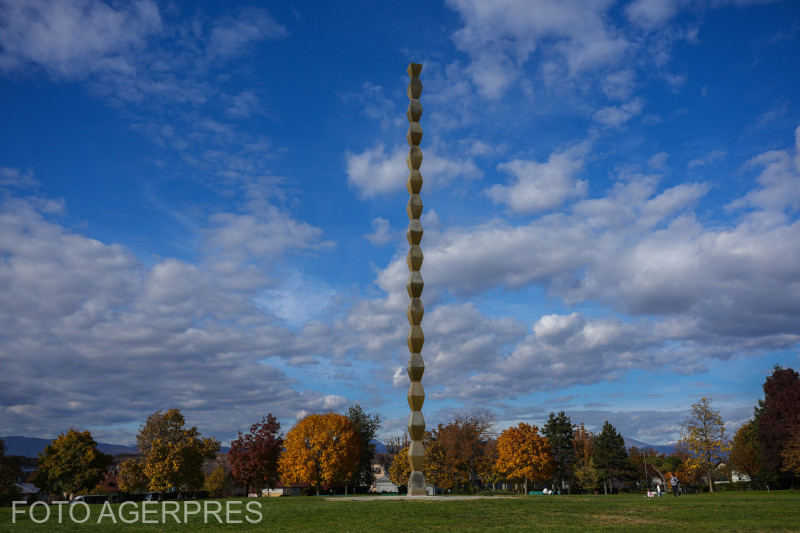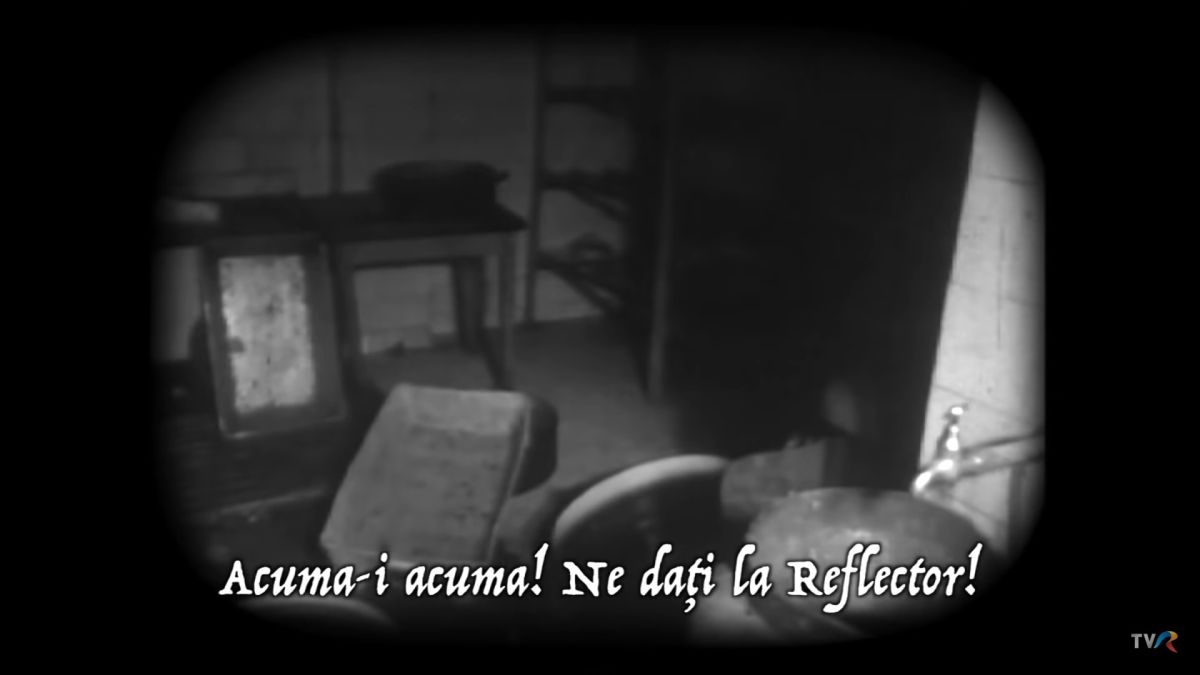Romanians and the Ottoman Conquest of the Balkans
The period of Ottoman advancement into Europe in the 14th and 15th centuries was a period of confrontations and coexistence, rather than a period of open warfare

Steliu Lambru, 07.09.2020, 14:00
The period of Ottoman advancement into Europe in the 14th and 15th centuries was a period of confrontations and coexistence, rather than a period of open warfare. However, in 1453, Sultan Mehmet II put an end to this period of transition, conquering Constantinople and centralizing power in the hands of a single sovereign, starting with himself. Before the conquest, from around 1360 to 1453, Romanians got accustomed to the pattern of confrontation and coexistence with the Ottomans, just as the rest of the Balkans.
This pattern of coexistence of the two worlds, that of the Christian inhabitants of the Balkans and that of the Oriental Ottomans is known from the documents of the era, and it finally led to a fusion between the two types of culture and civilization. What was initially a clash between the Christian and Muslim worlds gradually became an interdependence, resulting in a synthesis in which religious practices and the customs of everyday life formed very similar patterns of behavior.
Each of the political actors in the Balkans before the Ottoman conquest obviously saw to their own interests. In order to see them through, they sometimes clashed, sometimes collaborated with the Ottomans, who sometimes provided just the help they needed. Before living alongside the Ottomans, however, in the second half of the 14th century, Balkan Christians resisted their advance. However, the Greeks, Bulgarians, Serbs, and Albanians, sometimes helped by Romanians, were eventually overcome. Swiss historian Oliver Jens Schmitt is a professor with the University in Vienna specializing in the Medieval history of Southeast Europe. He told us that major Christian leaders who fell in battle with the Turks were fewer than those who collaborated with them:
“Most of the Christian princes of the Balkans cooperated with the Ottomans. The list of these Ottoman partners is substantially longer than that of princes who fought them uncompromisingly. Some of the Christian princes who fell in battle were the Serbian leaders in the 1371 Battle of Maritsa, Despot Uglješa and hist brother, King Vukašin, Albanian warlord Balša II in 1385, Serbian prince Lazar Hrebeljanović, Wallachian princes and voivods Mihail, in 1420, Dan II, Vlad the Impaler, and Byzantine Emperor Constantine XI. Those who were executed include the father of Albanian Prince Skanderbeg, Ioan Kastriota, the last Italian duke of Athens, and the last Bosnian king, along with a number of Bosnian boyars, such as some from the Kovacevici and Pavlovici families.”
According to an anonymous chronicler, Turks like Christians quarreling. Which is true, considering that Christian elites hired Turkish mercenaries to fight their rivals, and sometimes the Turks arrived as mercenaries and ended up staying as the masters. The Ottomans created a belt of vassal states, dependent states that intervened massively in internal Ottoman politics, as seen in the long Ottoman civil war between 1402 and 1413. Historians believe that after the 1371 Battle of Maritsa, which the Serbians lost, the Balkans start acquiescing to Ottoman domination. Romanians thus end up forming the first line in the confrontation with the Turks, with the first major battle being led by Wallachian prince Mircea the Old at Rovine, in 1395. Oliver Jens Schmitt told us that the Serbs had already become faithful allies for the Turks:
“Serb boyars Marko Krajević and Konstantin Dragaš fell in the battle of Rovine in 1395, fighting on the Ottoman side against Mircea the Olds Wallachia. This death in battle of the two Serb leaders shows the essential guiding line of Ottoman conquest. Without help from their vassals, especially Serbian boyars, the Ottoman offensive would not have been possible. In all the essential events of the Ottoman conquest in the Balkans, Serbian boyars were on the Ottoman side: at Rovine, at Nicopole, where Stefan Lazarevicis cavalry tipped the scales for the Ottomans, at Ankara, where the same riders fought to the bitter end at the side of Bayezid I, after most Muslims had fled, or in 1430, when Grigore Brankovici helped conquer Salonika, then under Venetian rule. Even in1453, Serbians showed up at the battle for Constantinople, not as defenders, but as troops on the side of the Ottomans.”
Wallachia, the principality north of the Danube, was in a similar situation. Signs were emerging of cooperation with the Ottomans, even of Ottoman suzerainty. Here is Oliver Jens Schmitt:
“There was regional splintering, boyars were looking long term at working with the Ottomans or with Hungary, even though, at least in an early stage, most princes joined one camp or the other depending on the political and military situation at a given time. Which is why it is not easy to fathom who used ambitious local boyars, the Ottomans or the Hungarians at any given time. These local rulers believed they were bolstering their regional power through cunning maneuvers, or by often switching sides. The rapid succession of princes in Bosnia and Wallachia is mostly explained by these power plays. Among the Romanian voivods who favored the Ottoman side we can quote Radu II Prasnaglava, Alexandru Aldea, and Radu III the Handsome.”
The year 1453 marked the end of a long period of transition. It was the year when Romanians south and east of the Carpathians started adopting a different cultural model, which would last for over four more centuries.






























